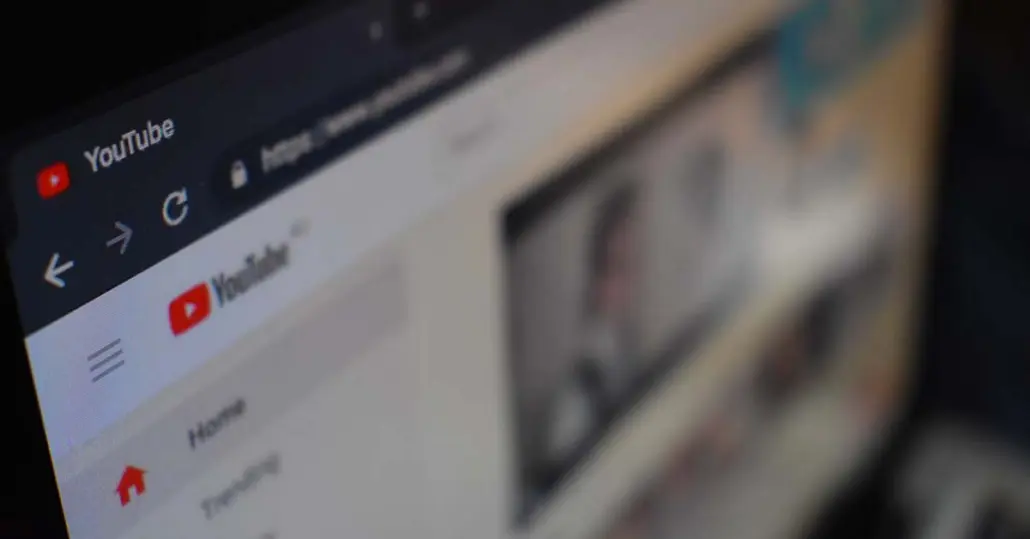Why Cyber Monday planning should start now (Yes, even in B2B)
I know, I know. I’m talking about Black Friday and Cyber Monday on the first of October. I’m basically acting like your local drug store, putting out holiday decorations already.
I can hear you yelling: “Too soon!”
But hear me out.
This year we’re seeing a massive shift in consumers’ digital habits as a result of the global pandemic and lockdowns. This is accelerating an existing shopping trend among Canadians.
Last year the Retail Council of Canada reported that Canadian shoppers plan to spend more during Black Friday/Cyber Monday than during Boxing Day — Canada’s traditional deal day. This year, nearly half of all Canadian’s (48%) plan to purchase most (or everything) online, according to a consumer insights report from Canada Post.
Marketers who start planning for Black Friday/Cyber Monday campaigns now will be better positioned to take advantage of what promises to be a very different type of deal season. Here’s three ideas to consider:
- The market will be crowded. You’re not the only one now thinking about how you can take advantage of more eyeballs looking for deals online. You need a clear, targeted, audience-first, content-driven message to break through the noise.
- Plan for retargeting. Start publishing audience-first content now to drive traffic to your sites and landing pages. This will create robust sets of data for you to retarget for Black Friday/Cyber Monday.
- If you’re in B2B…I know Cyber Monday can feel retail and B2C-focused. Remember that your B2B customer will be in a deal headspace, so how can you take advantage of that to drive traffic to you? Can you offer a deal on a product or service? Can you report on other deals within your industry?
Lisa LaFlamme needs a YouTube channel

Disinformation is rampant these days. I know whenever I see a wackadoodle headline I can’t help but think: Wait, is this real?
Yes, Facebook bears part of the responsibility for the spread of information that is less than credible, but it turns out YouTube is part of the issue too.
A new study from the Pew Research Center found that 26% of U.S. adults said they now get their news from YouTube. This includes a mix of videos from both “external news organizations” — like New York Times and Buzzfeed — and independent YouTube channels — think John Oliver or TheYoungTurks.
“The study finds a news landscape on YouTube in which established news organizations and independent news creators thrive side by side,” say the authors.
The Pew Research Center found that 14% of the videos analyzed from independent channels were primarily dedicated to conspiracy theories, and up to 21% made some mention of them. Traditional news organizations only mentioned conspiracy theories in 2% of videos.
For marketers, there are three things to noodle on here:
- With more people turning to YouTube and video for news, is there an opportunity for your organization to deliver industry news in a reporting-style format?
- If more people are watching news on the platform, there are more people to market to on the platform and reach your audience without having to pay television advertising rates.
- Without a strategic plan in place for your ads, you run the risk of your brand being dropped into a video about Jeffrey Epstein.

I learned a new term this week: Doomscrolling. It’s also known as doomsurfing and it’s that “tendency to continue to surf or scroll through bad news, even though that news is saddening, disheartening, or depressing.”
Are you guilty of it? Me too.
I like these practical tips from Mashable on how to manage doomscrolling.
In particular, I’ve found reorganizing the apps on my phone has helped. By moving my news and social media apps to nested folders off my home screen, I have a moment to consider if I really want to read more bad news during my downtime.
This content originally appeared in our weekly newsletter called TARGET:AUDIENCE where we explore ways to find, understand, grow, engage and inspire digital audiences — so you don’t have to. Want this in your inbox? Signup below











